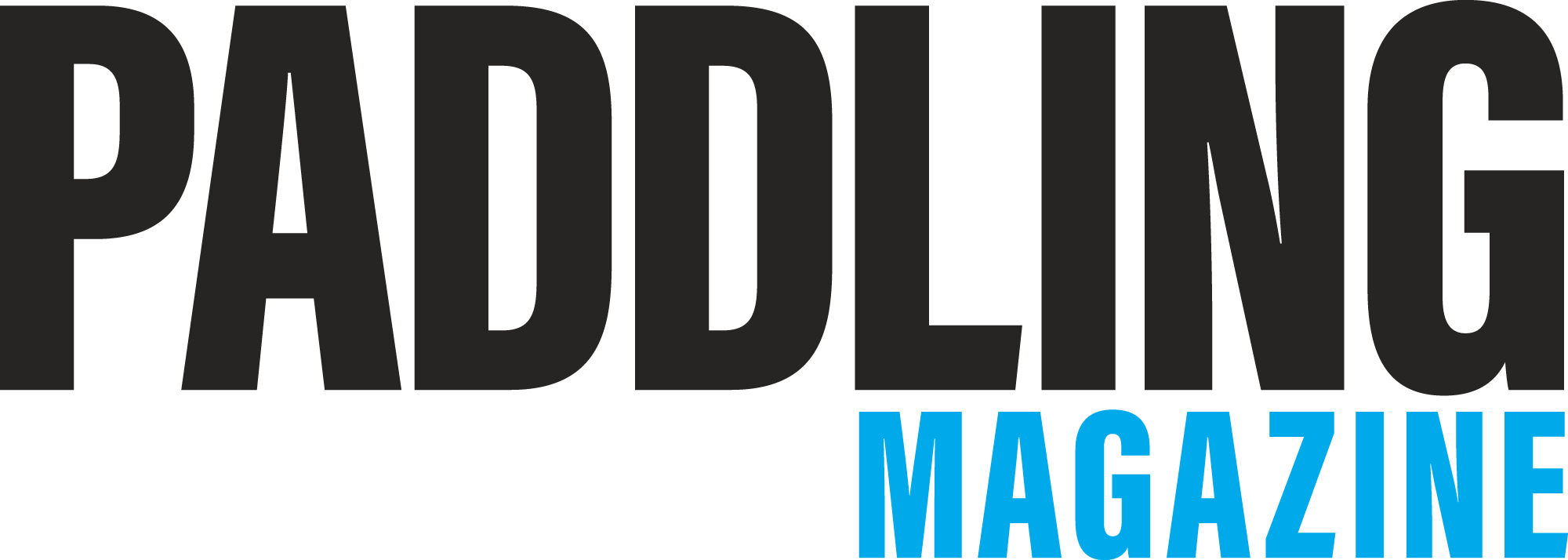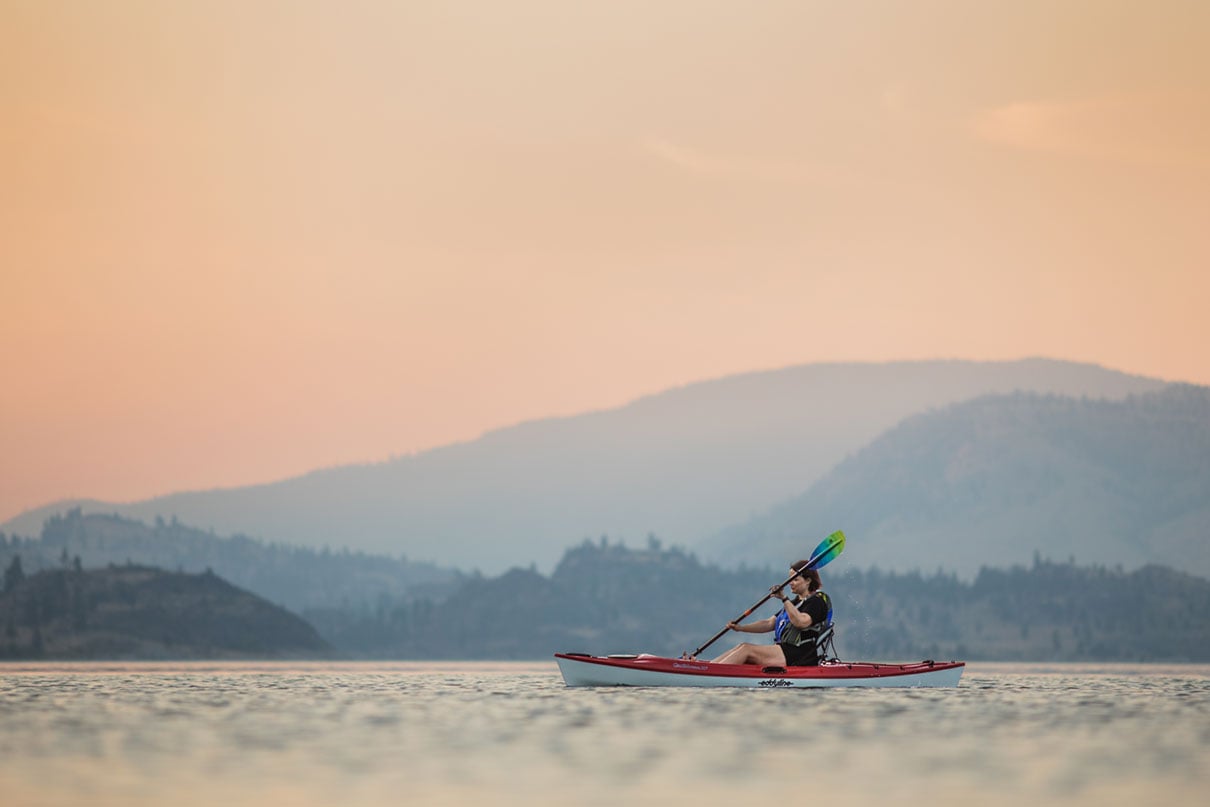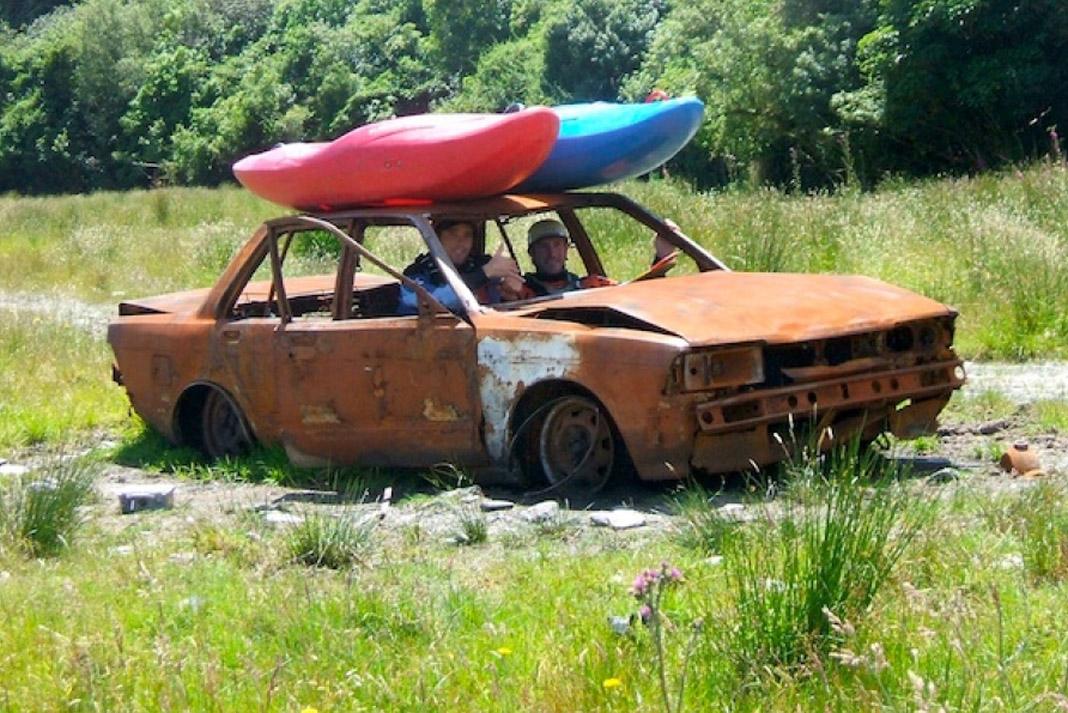Regardless of how and where you plan to paddle, price is often a determining factor in purchasing a kayak. It’s a common question when people are considering getting into the sport: “So, how much does a kayak cost?” As with other queries, kayak prices vary with the style and—most importantly—construction and features. What you might really be seeking to learn though is how low of a price is reasonable for a boat you can depend on to float or carry you on a voyage of your wildest aspirations.
This article breaks down the simple question into numerous categories to serve as a guide for selecting the right boat for your budget.

The average cost of a kayak
Kayaking is a sport in which you truly get what you pay for. Take for example recreational and sit-on-top kayaks intended for calmer waters.
- You can find a plastic kayak at everyday box stores like Walmart or Dick’s Sporting Goods for less than $500 USD.
- At a large outdoor retailer such as REI a recreational kayak can go for between $500 and $1200 USD.
- Meanwhile, at a paddling specialty store, recreational kayaks and a higher-performing next level called day-touring kayaks are as low in cost as around $500 and range up to almost $2000.
The entry-level recreational kayaks sold at a box store are the lowest cost, however they are also limited in features, outfitting, and construction in a way that affects their performance, comfort and scope of intended use. You’ll find basic outfitting, including rudimentary molded seats and less comfortable back support, reflecting the fact that these kayaks are meant for shorter outings on the water.
Recreational kayaks sold at places like REI are often in the $500 to $1,200 range. These models are also meant for use on calm sheltered water, however, they also tend to be the basic models offered by brands who produce higher-performance kayaks. This means the company is able to incorporate some of their well-developed outfitting, features, and design technology into these base models—which means greater comfort and performance for you.
Many paddling specialty stores also carry the lower-cost entry-level kayaks offered by the top brands at prices as low as around $500. And in contrast, they also carry the brand’s more premium kayaks for recreational and day-touring use which can cost up to $2000. The best recreational and day-touring kayaks can be made of lighter-weight plastics, have outfitting of a similar grade as you would find in a touring kayak, and include cherished built-in features for both paddler use and safety. At a paddling store, you can see firsthand the difference between a range of low-cost to high-performance kayaks and decide what will work best for you.
Prices by type of kayak
The price of a decent kayak also varies by type of kayak. Here’s an overview of what to expect.
Recreational kayak cost
As mentioned before, sit-on-top and sit-inside recreational kayaks have a large price range, dictated by where you shop for your kayak. Kayaks at Walmart or Costco can run as little as $200. Meanwhile, the popular Wilderness Systems Pungo 125, a recreational kayak with upgraded comfort and safety features, retails for $1,219. At the higher end of the range, Eddyline’s best-selling Skylark retails for $1,749.00.
Touring kayak cost
A day-touring kayak between 12 to 15 feet long is the ideal choice for someone who wants a kayak with more performance and glide than a recreational kayak. The price of a day touring kayak increases significantly with material and lightness in weight. For example, a plastic day touring kayak price may be $1,200. On the other hand, a top-of-the-line composite day touring kayak (constructed of fiberglass or ultralight aramid or carbon fiber) can cost over $3,000.
The most capable touring kayaks, also often called sea kayaks, cost between $1,500 and $5,000, depending on construction (rotomolded plastic is cheapest). These kayaks are sold at specialty paddlesports stores and they’re aimed at overnight and expedition kayakers, and fitness paddlers. At this price, you are purchasing a kayak that’s been carefully designed for performance, safety and comfort.
This category is defined by kayaks that are capable of paddling long distances efficiently; include critical safety features like bulkheads and smaller cockpits for use in open and exposed water; and feature comfortable seats and thoughtfully arranged outfitting, such as ergonomic seats and thigh braces that promote comfort and paddling efficiency.
Price increases substantially with high-tech, lightweight materials. At the upper end of this price category you’ll find space-age materials like fiberglass, aramid and carbon fiber composites.

Whitewater kayak cost
You may think that the smaller overall dimensions of a whitewater boat would mean this type of kayak is cheaper than all the rest. However, the typical price for a new whitewater kayak is about $1,000 to $1,700. They are often about the same price as a day touring kayak. At this price you’re getting a brand new whitewater kayak with comfortable outfitting and a capable design made for navigating or playing in rapids.
Like downhill skis or mountain bikes, whitewater kayak designs are tweaked more often than other categories—meaning that it’s possible to find great deals on the used market, especially in regions with strong whitewater communities, such as the Ottawa Valley, Pacific Northwest or the U.S. Southeast.
For top picks and expert reviews, check out Paddling Magazine’s guide to the best whitewater kayaks.
Fishing kayak cost
There’s huge variability in fishing kayak prices depending on where you buy the kayak and the accessories and features it has. For example, a cheap sit-on-top fishing kayak can be purchased for under $500.
But if you want to invest in a top-of-the-line fishing kayak with features as advanced as a pedal drive or motor, expect to invest $2,000 to $6,000.
Tandem kayak cost
The cost of a two-person, or tandem kayak, varies considerably by type and construction. You can purchase a two-person recreational kayak for well under $1,000 (two-person inflatable kayaks can even run under $500); in contrast, a high-end composite tandem sea kayak retails for nearly $6,000.
Inflatable kayak cost
Inflatable kayaks are generally some of the most affordable options. The lowest cost inflatable kayaks are similar to entry-level recreational kayaks. The price of the Sea Eagle 370 for example is under $500. Inflatables are also an affordable option for youth and novice paddlers looking to enjoy whitewater. The Aire Tributary Spud retails for $539, which is less than half the price of a new hardshell whitewater kayak.

Folding kayak cost
Folding kayaks have gained popularity in recent years with an increasing number of options. The price of a folding kayak varies depending on construction and size. The simplicity of a boat like the Oru Lake comes with a low price tag at $500 on par with other recreational kayaks. A more complex folding kayak such as the Trak 2.0 costs just under $4000. It is seaworthy boat built for expeditions with a capability reflected in a cost similar to touring kayaks built of composite materials.
The price of used kayaks
The price of a used kayak often mirrors the price of a similar new one. In general, a “good deal” for a used kayak is about half of its retail price. However this metric varies from model to model, and especially between the different categories of kayak (e.g., recreational versus sea kayak).
Age is the biggest influence of used kayak cost. Several variables go along with age: an older kayak will have seen harder use (or longer storage)—its hull may be damaged by impact, abrasion or UV radiation; and older kayaks often feature less refined comfort features, such as basic (uncomfortable) seats and outfitting.
It’s fair to say that a cheap, box store kayak that’s in decent shape and sold on the used market shouldn’t cost more than half of its retail price. However, some specialty sea kayaks, including high-performance, British-made touring kayaks, are harder to come by and hence demand higher prices—even if they’ve been used.
It’s critical to do your research and know the retail price of the boat you are considering. It’s just as important to inspect a used kayak for damage that may compromise its paddling efficiency, safety and comfort and therefore decrease its value.
How much to spend on a kayak
Ultimately, the question you’re trying to answer is how much is reasonable to spend on a kayak. The goal of this article is to have hopefully shown how this comes down to a combination of paddling aspirations and, of course, budget. Saving a few bucks and buying one of the cheapest kayaks is fine if you plan to paddle casually, making short outings on sheltered water. However, your skills will quickly exceed the capacity of such a boat if you plan to paddle more seriously—and you’ll be frustrated with a basic, inefficient and uncomfortable design that no longer feels like a bargain.
Weight is another major consideration: A lighter kayak is a wise (albeit more expensive) investment if your paddling reality requires you to transport your kayak to and from the water. Retail prices for new kayaks will always be inflated compared to used. One compromise solution, especially if you live in an area with a robust paddling community, is to search the used market for the kayak of your dreams. You may find a gem that meets all your needs for a fraction of the retail price.
If you are out shopping for a new kayak, the costs shared earlier are a fair expectation. Are there super cheap options where you get your groceries? Sure, but it’s a common misunderstanding that low-cost kayaks aren’t available at outdoor stores or paddling shops. And, circling back to how we started the conversation, when buying new in this sport, you do get what you pay for.
Feature Photo: Evoke Kayaks



